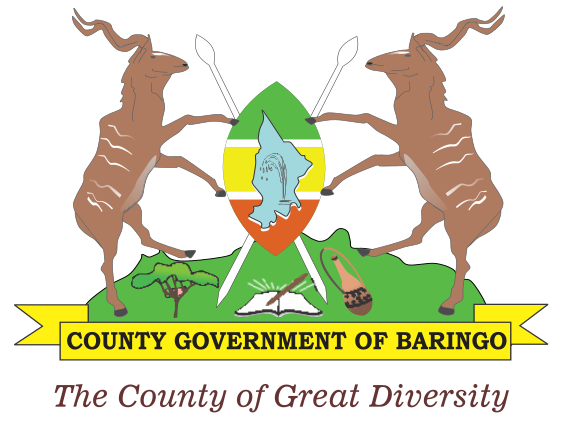With over a half of its landmass being Arid and Semi-Arid, Baringo County has regions where Neglected tropical diseases (NTDs) are endemic, with Schistosomiasis being one of them.
With partnership support from EndFund, the Department of Health is collaborating with the National Ministry of Health (MoH) to roll out interventions towards ending Schistosomiasis(also known as bilharzia or snail fever), a chronic disease caused by parasitic worms that live in freshwater snails.
To guide County program decision making for Mass Drug Administration and other interventions, a consultative meeting between County Health Department, MoH officials and Amref Health Africa who are the implementing partners was held Friday 21stJune. The engagement sought to do come up with accurate mapping to refine and deepen the level of understanding of the distribution of the highly focal Schistosomiasis in Baringo.
The forum which was facilitated by the Red Cross Kenya employed Practical & Precision Assessments (SPPA) approach, which comprise two-stages; Practical Assessments and Precision Assessments designed to accurately and efficiently classify the prevalence of Schistosomiasis among school-age-children at the Sub-County (Sub-IU) level as 10% or <10% to drive appropriate treatment decisions.
Sub County-level Practical Assessments - (IU) are designed to determine if the prevalence of schistosomiasis in the Sub County is sufficiently homogenous, such that the same treatment decision would be appropriate for all sub-districts. Precision Assessments are Ward-level (sub-IU) impact assessments appropriate in areas where the prevalence is heterogeneous around the 10% threshold and are designed to classify the prevalence in the sub-district as above or below 10%.
These assessments eliminate previous programme weakness where the selection of only a few schools to decide for the entire Sub County's endemicity led to uncertainties and errors, especially where site selection and sampling was not properly undertaken. When this happens, it may result in overtreatment in some areas and, most importantly, under treatment or no treatment in areas that need treatment the most.
Schistosomiasis is second only to malaria as the most devastating parasitic disease in tropical countries. Worldwide, there are more than 251 million people requiring treatment for schistosomiasis, according to the World Health Organization.
NTDs are a group of parasitic and bacterial infectious diseases that globally affect more than 1.65billion people, including nearly 1 billion children. Over 40% of the global NTD burden is concentrated in Africa.
NTDs rank among the four most devastating groups of communicable diseases. They cause severe pain and long-term disability and lead to death for more than 170,000 people per year. Effects from NTDs such as deformed legs and blindness results in socialization.
Amongst children, infection leads to malnutrition, cognitive impairment, stunted growth, and the inability to attend school. Social isolation and physical ailments make working difficult for people with NTDs. Many people are unable to provide for themselves or their families, impacting long-term earnings.
A Nobel winning study showed that NTD treatment is the single most cost effective means of improving children's attendance and increasing capacity to learn and concentrate in school. Just 50cents funds a rapid-impact package of medication to treat an individual for the five most common NTDs, making it a best buy in public health.
NTDs include: Buruli ulcer; Chagas disease; dengue and chikungunya; dracunculiasis; echinococcosis; foodborne trematodiases; human African trypanosomiasis; leishmaniasis; leprosy; lymphatic filariasis; mycetoma, chromoblastomycosis and other deep mycoses; noma; onchocerciasis; rabies; scabies and other ectoparasitoses; schistosomiasis; soil-transmitted helminthiases; snake bite envenoming; taeniasis/cysticercosis; trachoma; and yaws.
